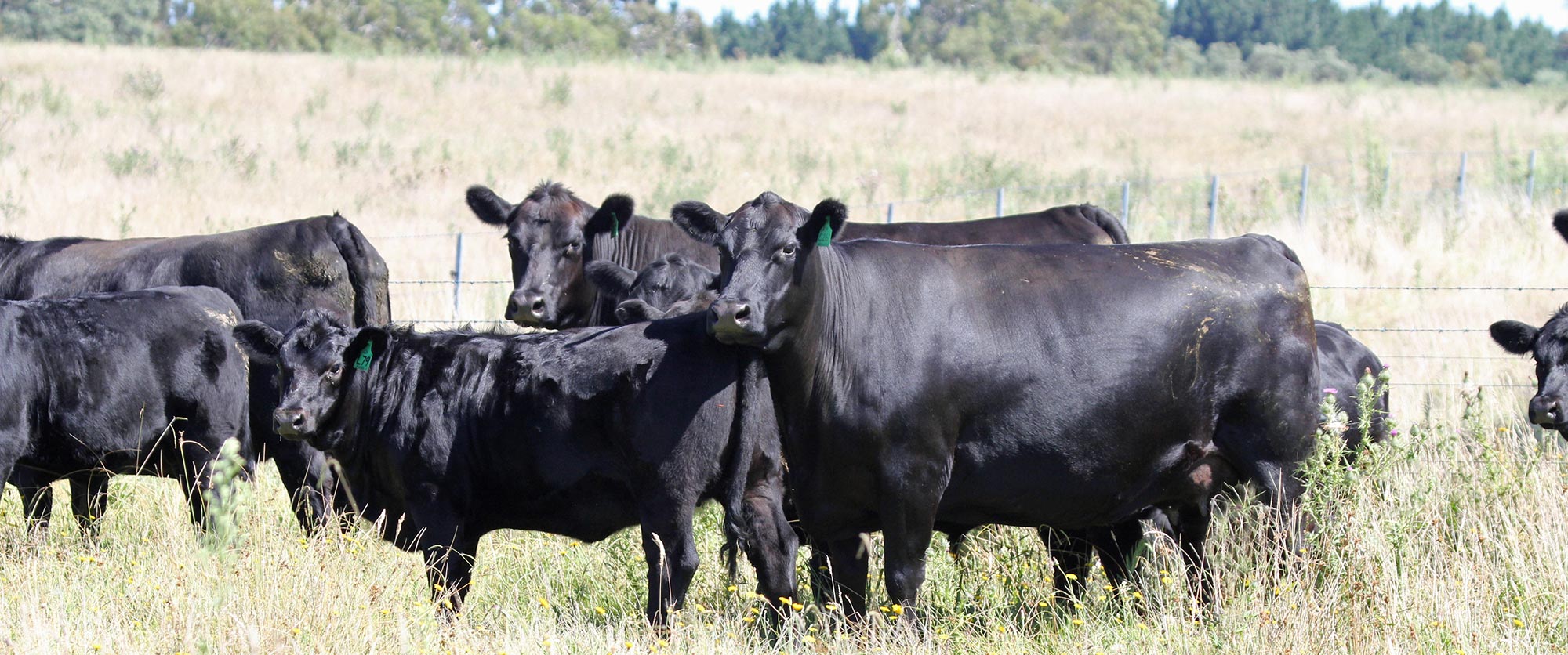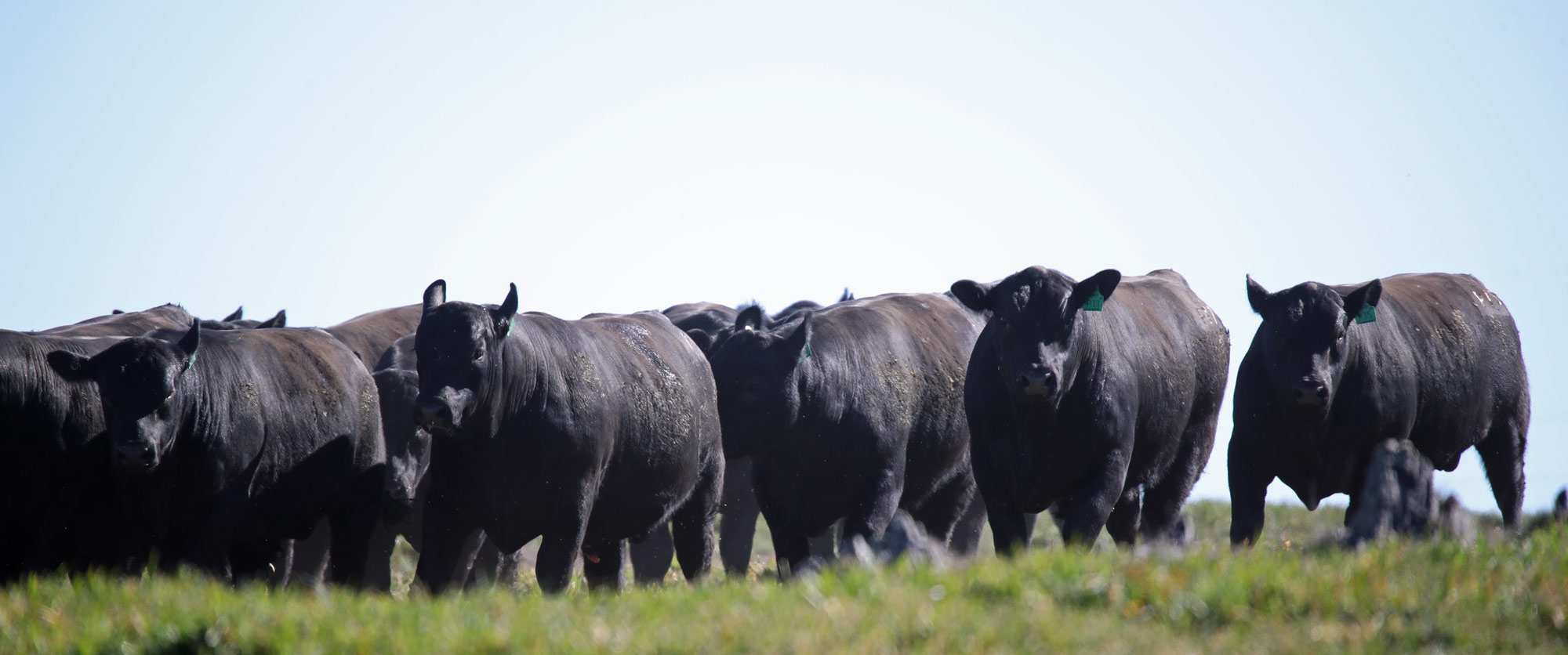 While genetic gains in some livestock industries have been as much as 30% over the last 20 years, inadequate nutrition and knowledge of feed conversion have meant that these advances have not been realized in actual stock performance. Given that 80% of what we see in an animal is a result of nutrition and management, it makes sense that this is the area where we need to concentrate, and with costs rising, feed conversion efficiency represents the greatest untapped resource for production revolution.
While genetic gains in some livestock industries have been as much as 30% over the last 20 years, inadequate nutrition and knowledge of feed conversion have meant that these advances have not been realized in actual stock performance. Given that 80% of what we see in an animal is a result of nutrition and management, it makes sense that this is the area where we need to concentrate, and with costs rising, feed conversion efficiency represents the greatest untapped resource for production revolution.
The efficiency of conversion of pasture and supplemental feed into meat, milk and new progeny is fundamental to the profitability of all beef cattle production systems. The commonly touted industry ‘profit drivers’ like kilograms of meat per hectare, sustainable stocking rate and even annual calving/weaning percentages are really all a reflection of this efficiency.
Conversion rates do not remain static but vary throughout the year according to the nutrient balances and availabilities in the plants or supplements. A good example of a period of optimal nutrient balance is just after a good season has dried off. This is when stock often look their best!
There are also periods of very poor conversion such as in early spring or immediately following a seasonal break. While it may be hard to accept, sometimes fresh green feed is one of the worst times for efficient feed conversion. An alternative way to state the last sentence is we waste a hell of a lot of feed unnecessarily during these periods (most of it shoots out the back end!).
Economic significance
The easiest way to highlight the impact of poor conversion compared to good conversion is to site a lotfeeding example. Understandably not all producers wish to lotfeed, but understanding the principles in the following case, can lead to a better understanding of the terms cost of inputs compared to the terms cost of gain (or cost of outputs). The lotfeeding example is easiest to quote because we are able to control the inputs better than the seasonal challenges of pastures in the paddock situation.
In the lotfeeding exercise the effect of efficiency on ‘cost of gain’ is seen where producer A converts happily at 8:1 (i.e. 8 kg of feed inputs to produce one kilo of meat) and his total ration costs are $350/tonne. Therefore his costs of gain (or costs of outputs) are $2.80 for every kilogram of meat produced.
Compare this to Producer B, where his costs of inputs are $50 more than Producer A, but because he is able to convert more efficiently (at 5:1), his costs of gain (or costs of output) are $2.00 for every kilogram of meat – significantly less than Producer A’s!
In other words, despite Producer A having a cheaper ration cost, his costs for every kilogram of weight gain is higher than Producer B.
| Costs of Inputs | Conversion Rate | Cost to Gain one Kilogram of meat | ||
| Producer A | $350/tonne | 35c/kg feed input | 8:1 | .35 x 8 = $2.80/kg gain |
| Producer B | $400/tonne | 40c/kg feed input | 5:1 | .40 x 5 = $2.00/kg gain |
The above exercise certainly makes you think about whether producers should concentrate on how much a feed costs per tonne or per kilo of gain. It also highlights the importance of focusing on an animals ability to convert feed efficiently.
Animal Efficiency
As different types of feed convert differently so to do individual animals convert feed differently. While there is a genetic component to this, there are also key points during the production cycle that can be manipulated via management to affect feed conversion efficiency in the individual animal. Some of these are short term and others have a life time effect.
At all points it is important to recognize that for every day an animal goes backwards (i.e. has a negative energy balance or loses weight), it takes an extra 3 days for that animal to reach a specified targeted end point.
Weaning
Early rumen development is the most important factor in dramatically improving an animal’s ability to convert feed. This can be achieved via weaning as early as 4 months of age (e.g. at 150 kg) and exposing the calf at that stage to a special diet including starch (grain), fibre and technologies for better managing rumen pH. It is critical that the weaning process is well managed to ensure the calves do not go backwards during this time.
Stress
Management Stress
Stress dramatically reduces the ability of an animal to convert feed to muscle and milk for the short term as essential nutrients are diverted away to ‘flight of fight’ responses. This negative impact can be diminished by improving handling techniques during mustering/yard work as well as adopting the use of new technologies in feed supplements that target a diminished stress response.
Nutritional Stress
Nutritional stressors occur in instances of rapid changes in diet such as when animals are transferred to crops or green pastures. Nutrient imbalances occur on initial exposure to fresh green feed reflecting in poor conversion rates. These imbalances can be as simple as lacking in fibre and soluble carbohydrates compared to excessive nitrogen (protein) challenges OR as complex as reduced muscle function as the result of decreased bioavailability of nutrients like magnesium. Certainly the latter contributes to the inability to mix fresh feeds efficiently in the gut or expel excessive gas production efficiently, both of which lead to poor conversion.
This period also presents itself with all sorts of metabolic problems relating to excessive blood urea nitrogen and its effects on liver function, reproduction and appetite. All of these situations can be managed better with attention to fibre levels, magnesium, zinc and soluble carbohydrates.
Nutritional stress also applies to the consumption of dry feed. While we can readily increase the consumption of dry feed, nutritional stress occurs when we presume that consuming more means that we are extracting all useful nutrients as efficiently as we could. Levels of available energy and protein limit feed conversion in this case while low levels of key nutrients slow rumen function and negatively affect appetite. Dramatically improved feed conversion rates on dry feed can be achieved by providing nitrogen sources (like low level urea), soluble carbohydrates and specific nutrients essential for effective rumen muscle function.
Feedlots- A special case of management and nutritional stress
Feedlot situations bring together and magnify both management and nutritional stress to negatively impact on Feed Conversion Efficiency. This is demonstrated by many feedlots achieving consistent low conversion rates of 8:1 to 10:1. However rates of 5:1 are being achieved by implementing the management practices outlined here including;
- better rumen pH control,
- Improved nutrient balance,
- timely treatment with the right vaccines, drenches, vitamins and minerals
- pre exposure to feeding troughs and,
- low stress stock handling techniques.
Are these conversion rates real and can they be achieved?
Absolutely! There are many examples of extraordinary conversion rates being achieved in both cattle and sheep production. One producer near Forbes, weaned calves early (120kg plus) due to the dry seasonal conditions a few years back. Buoyed by initial successes he continued the practice in better seasons, and at last communication was averaging 5:1 conversion rates (as fed) for each batch of calves. Suddenly the ability to produce cost efficient 500kg steers at 11 months of age opened all sorts of market opportunities for this producer.
Genetic potential – One of the commonly held beliefs is that only animals with superior genetics can achieve these extraordinary conversion rates. In the author’s experience this is certainly not the case. Put simply, what we see in an animal is 20% genetics and 80% is nutrition and management. Industry improvements in genetics (20%) are vast over the last 20 years, however advances in nutrition and management (the other 80%) are not as dramatic. The end result is that most cattle have not reached their genetic potential which is exciting because if we better understand some of these limitations in nutrition and management, then the really big improvements are still ahead of us.
Relevance on Pasture?
The above lotfeeding example should naturally lead to the question ‘Are they relevant for animals on pasture? The simple answer is yes! While we will probably not achieve conversion rates of 5:1 on pasture, it is worth reflecting on what an improvement of conversion rates from 20:1 to 15:1 does to opportunities. That is, to gain one kilogram of weight a cow needs only 15 kilograms of feed on average compared to her traditional 20kg of feed? What are the implications? The answer is probably endless, and will vary according to each producer’s personalities, but high on the list would be:
- a sustainable increase in carrying capacity of the breeder operation
- an opportunity to conserve extra feed for later (eg silage)
- ‘Bush’ the cows early and free up better country for other enterprises
- Better pasture management (resting plants when they are seeding)
- Better pasture utilisation
- Changing enterprise mix to suit local seasonal conditions
There are numerous progressive farmers around Australia starting to benefit form better control of conversion rates. Locally, a New England cattle producer now weans at 4 months of age, and is consistently running 20% more breeders without detriment to pasture. Another has capitalised on improved feed conversion efficiency by expanding the same model with leased country (another 2000 cows to his operation). A sheep producer near Cowra, NSW lifted his turnover of fat lambs from his annual Lucerne crop by 400% in one year and has had enough confidence in his ability to replicate this model that he has purchased another property! Turnover has been lifted from 1000 lambs a year to 10,000 lambs a year!
The bottom line?
Producers need to start focusing on manipulating conversion rates rather than a pre-occupation with costs of inputs. A better understanding of nutrient and stress management at key points in the production cycle especially weaning and transitions onto changing diets are the times where producers will have the biggest impact. It is time for the 80% to catch up with the 20%!
Note: The author, Stuart Halliday is a veterinarian and one of the directors of Livestock Central, responsible for the development & delivery of the ELMS best practice protocol-based systems including protocols for weaning, green feed management, drought management, calving/lambing, joining and lotfeeding. For more information call 0417 674 412.




